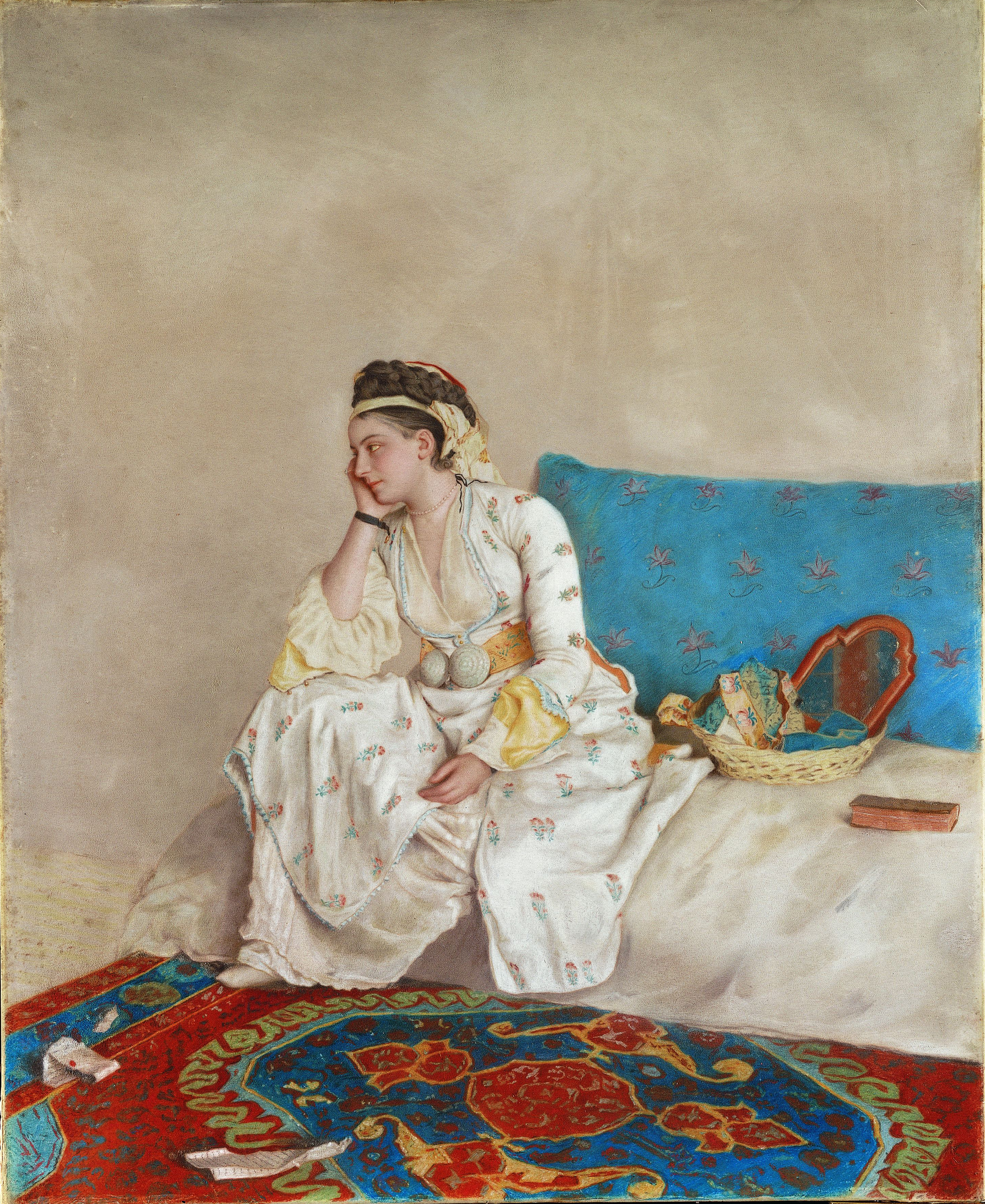Journal Intime / 12th June 1871: - "Numbers make law, but goodness has nothing to do with figures.
Every fiction is self-expiating, and democracy rests upon this legal fiction, that the majority has not only force but reason on its side - that it possesses not only the right to act but the wisdom necessary for action.
The fiction is dangerous because of its flattery; the demagogues have always flattered the private feelings of the masses.
René Magritte (1898-1967) | Le lieu commun, 1964 | Christie's








